Elephants have long been admired for their grandeur, wisdom, and strength. Yet, not all of these magnificent creatures are towering behemoths. The world has seen its fair share of petite pachyderms, some of which you might not even be aware of.
In this blog post, we will delve into the intriguing world of the smallest elephants, highlighting their unique characteristics and fascinating histories.
1. Bornean Elephant
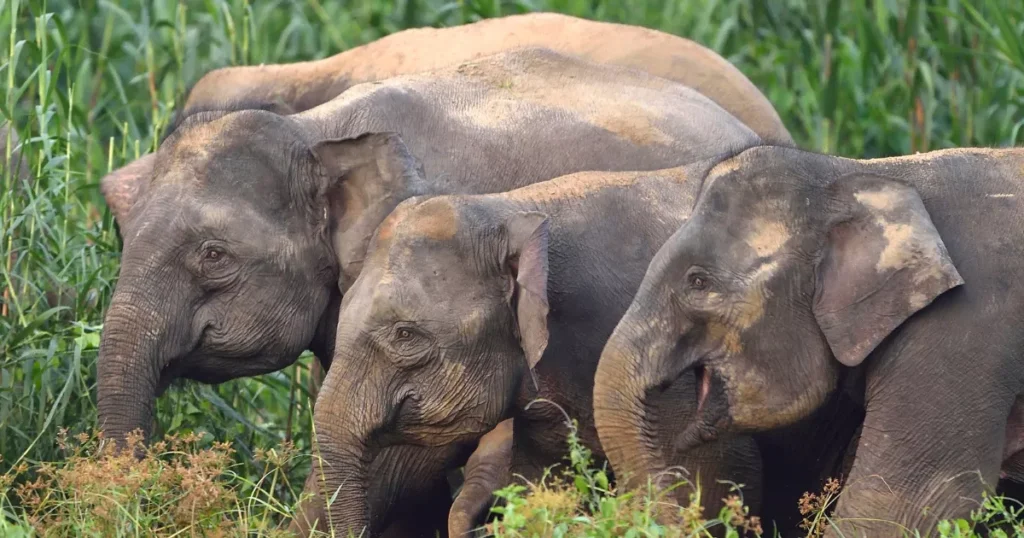
Often referred to as the ‘gentle giants’ of Borneo, the Bornean Elephant is the smallest subspecies of the Asian elephant. They stand out not just due to their size, but also because of their unique physical attributes. With a height ranging between 8.2-9.8 feet, these elephants might be smaller than their African counterparts but they still hold the title of the largest mammal on the island. Their long tails, sometimes touching the ground, combined with their relatively large ears and straighter tusks, add to their distinctive appearance.
The habitat of these elephants is primarily limited to the northeastern part of Borneo, and they play a significant role in the region’s ecology. Through feeding, they help with seed dispersal, ensuring the propagation of various plant species. Thus, the conservation of the Bornean Elephant is crucial not only for the species itself but also for the health of the Bornean ecosystem.
2. Palaeoloxodon falconeri
Taking a leap back in time, we encounter the Palaeoloxodon falconeri, believed to be the smallest elephant ever to walk the Earth. These prehistoric elephants once roamed both Malta and Sicily, leaving behind fossils that hint at their diminutive stature.
What’s truly astonishing is the sheer contrast in size between these elephants and their modern counterparts. While the exact dimensions can vary based on different fossil specimens, there is a consensus among paleontologists that these creatures were significantly smaller than today’s elephants. Their existence provides compelling evidence of the incredible diversity and adaptability of the elephant lineage through geological time scales.
3. Borneo Pygmy Elephant
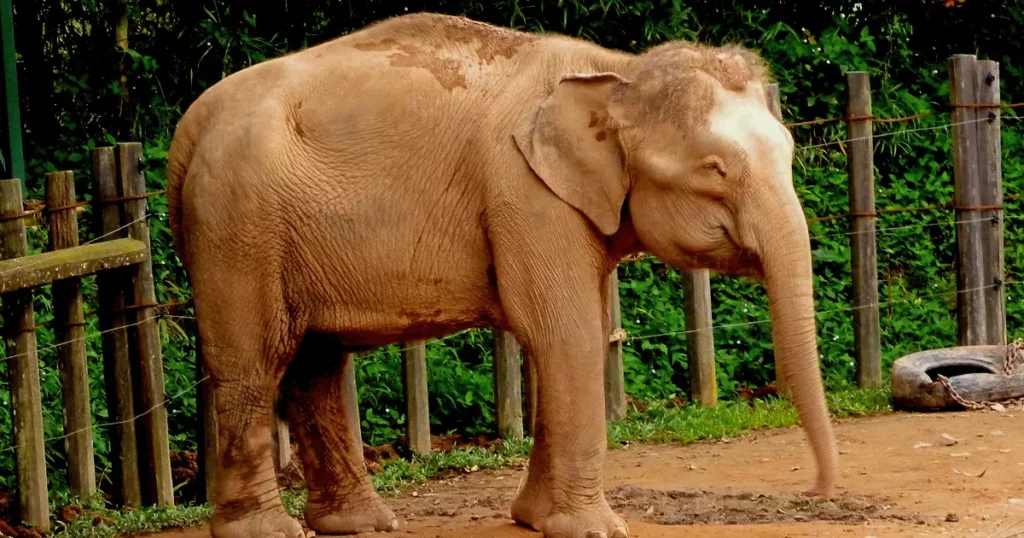
Similar in name but distinct in characteristics, the Borneo Pygmy Elephant stands out as the smallest subspecies of elephant currently in existence. They are less than 8.2 feet tall and come with an assortment of unique features such as large ears, round bellies, and lengthy tails that sometimes brush the ground.
Though they might be small in stature, the Borneo Pygmy Elephants are known for their friendly and gentle demeanor. Their playfulness and curious nature have endeared them to many, but sadly, they face threats from habitat loss due to deforestation and human encroachments. Conservation efforts are underway to ensure that these charming creatures continue to grace our world.
4. Asian Elephant
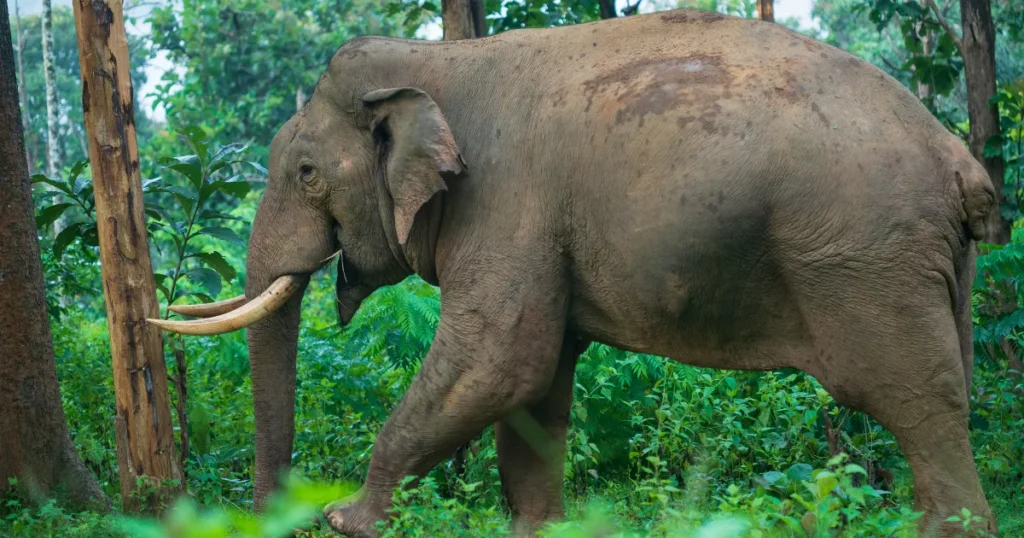
Representing a significant portion of the elephant population, the Asian Elephant is smaller than its African cousin. They weigh on average between 5,000 to 14,000 pounds (2,268 to 6,350 kilograms). Even though they might not be as colossal as the African variety, Asian elephants play a pivotal role in the cultures and histories of the countries they inhabit.
From religious ceremonies to folklore, Asian elephants have left an indelible mark. They are revered in many cultures and often symbolize wisdom, strength, and loyalty. Beyond cultural significance, they also play a critical role in maintaining the health and diversity of the ecosystems they inhabit.
5. Sri Lankan Elephant
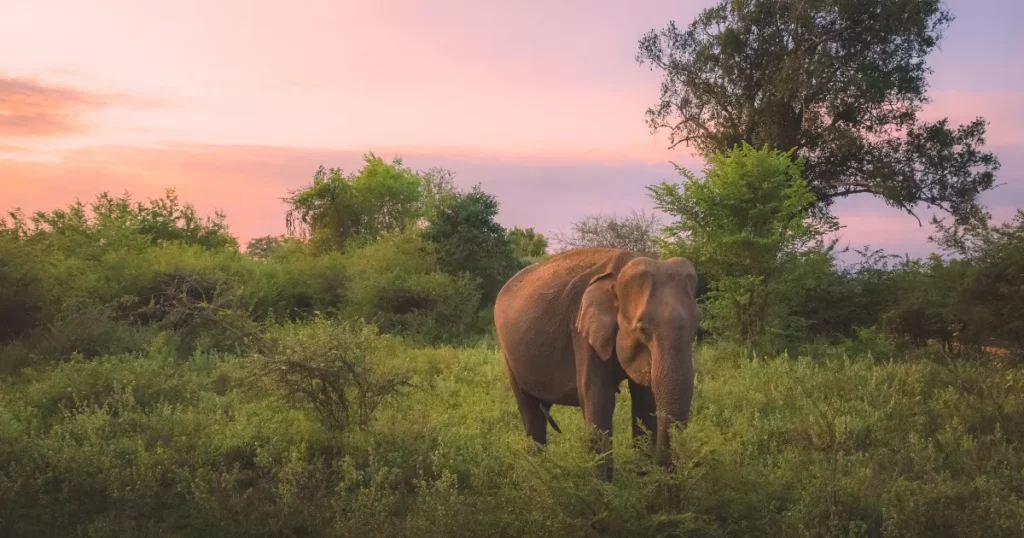
Sri Lankan Elephant is a subspecies of the Asian elephant. Although they are smaller than the African elephant, they still command respect and admiration. Boasting a shoulder height of 6.6-11.5 feet and weighing between 2,000 and 5,500 kg (4,409 to 12,125 pounds), these elephants are a significant part of Sri Lanka’s wildlife.
The Sri Lankan Elephant has deep cultural and historical ties to the island nation. They are often seen in traditional ceremonies, and their images are prominent in art and folklore. Like other elephants, they face challenges related to habitat loss and human-elephant conflicts, but concerted conservation efforts are underway to ensure their survival.
6. Sumatran Elephant
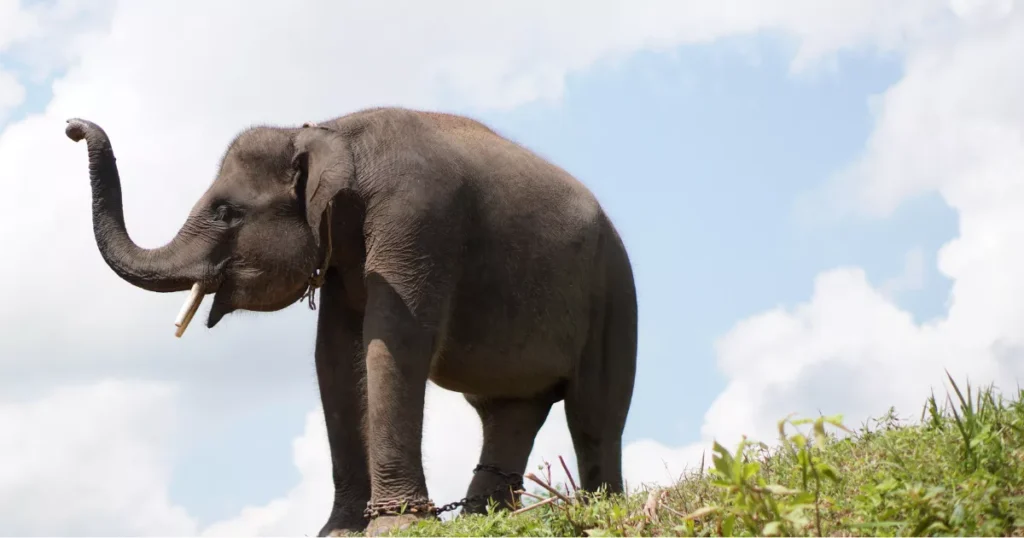
The Sumatran Elephant, native to the dense rainforests of the island of Sumatra, holds the title as the smallest of the Asian elephants. They sport a shoulder height of 6.6-9.8 feet and tip the scales between 2,000-4,000 kg (4,409 to 8,818 pounds).
These elephants are particularly notable for their deep emotional connections with each other. Social creatures by nature, they form tight-knit groups, led by a matriarch. Tragically, their numbers are dwindling rapidly due to habitat loss and poaching, making conservation efforts for these gentle giants more vital than ever.
7. Indian Elephant
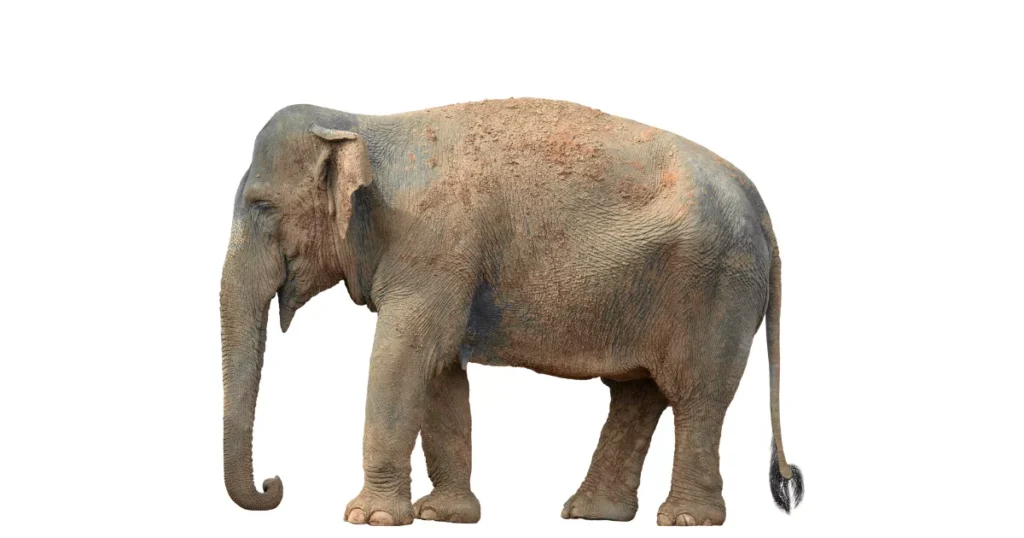
Gracing the landscapes of the Indian subcontinent, the Indian Elephant is a symbol of strength, wisdom, and royalty. Although they are a subspecies of the Asian elephant, they carry a distinctive charm. Boasting a shoulder height of 6.6-11.5 feet, they weigh in between 2,000 and 5,500 kg (4,409 to 12,125 pounds).
In Indian culture, these elephants have held esteemed positions for centuries. From grand royal processions to religious ceremonies, their presence is ubiquitous. They are also considered a symbol of the god Ganesh, embodying good luck and prosperity.
8. Elephas maximus borneensis
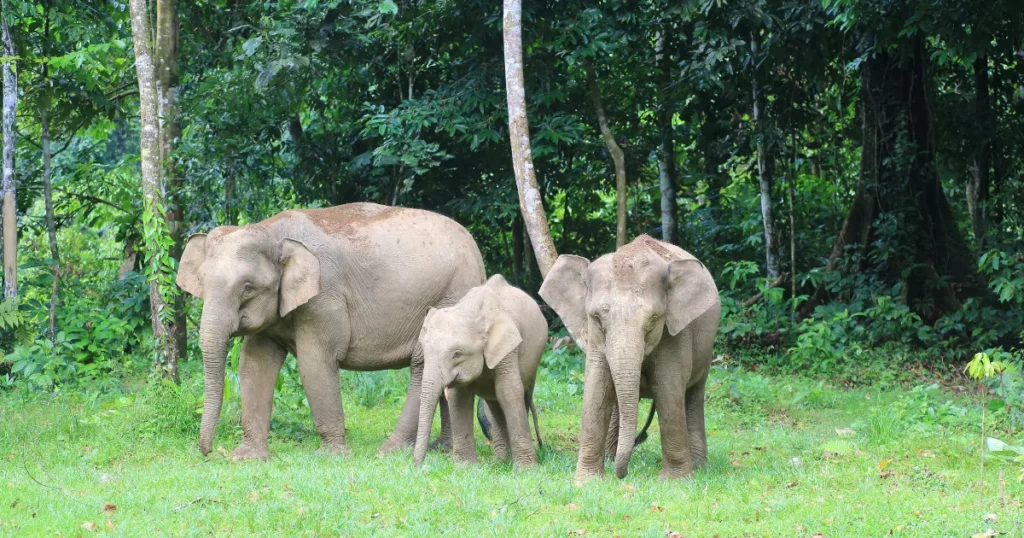
Often mistaken for the Bornean Elephant, the Elephas maximus borneensis is thought to be the smallest elephant globally. Although they are a subspecies of the Asian elephant, their petite size sets them apart.
Their habitat primarily encompasses regions of Borneo, where they traverse through dense forests, leaving a trail of flattened vegetation. This behavior aids in plant regeneration and maintains the health and diversity of the tropical ecosystem they inhabit.
9. Elephas maximus indicus
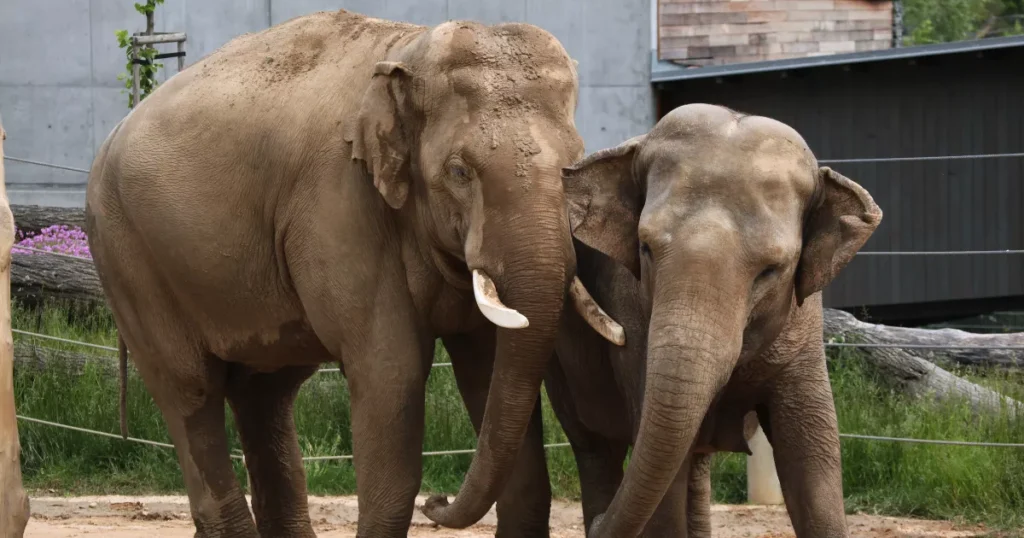
Closely related to the Indian Elephant, the Elephas maximus indicus is yet another subspecies of the Asian elephant. With a shoulder height of 6.6-11.5 feet and weighing between 2,000 and 5,500 kg (4,409 to 12,125 pounds), they resemble their Indian cousins in size and stature.
Dwelling mainly in the dense forests of Southeast Asia, they play an instrumental role in shaping the ecosystem, dispersing seeds, and promoting forest regeneration.
10. Elephas maximus sumatranus
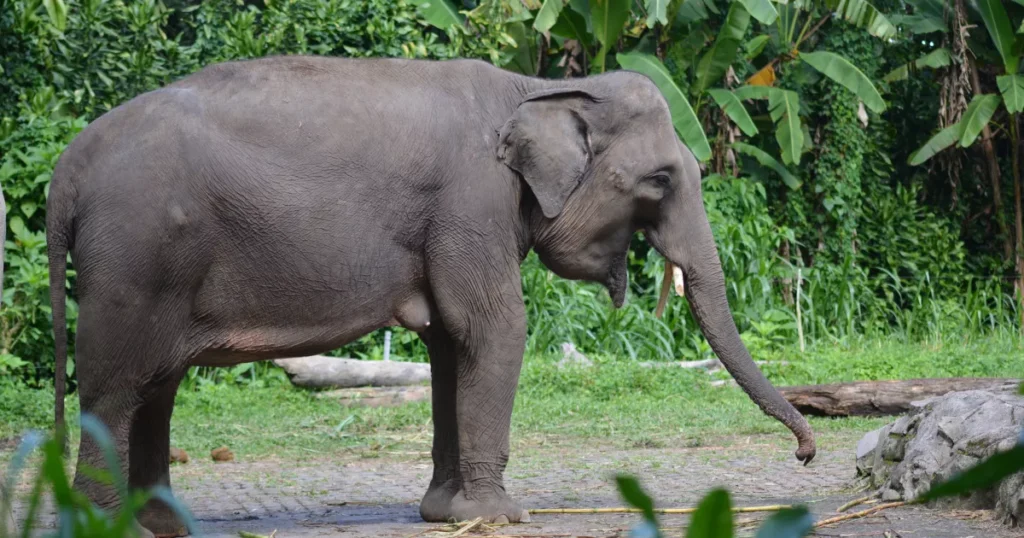
Venturing back to the island of Sumatra, the Elephas maximus sumatranus mirrors the attributes of the Sumatran Elephant. They stand 6.6-9.8 feet tall and weigh between 2,000-4,000 kg (4,409 to 8,818 pounds).
Like their Sumatran counterparts, these elephants face the grim threats of habitat loss and human-elephant conflict. Nonetheless, they persist, roaming the lush landscapes, nurturing their young, and maintaining the fragile balance of their ecosystem.
11. Elephas maximus maximus
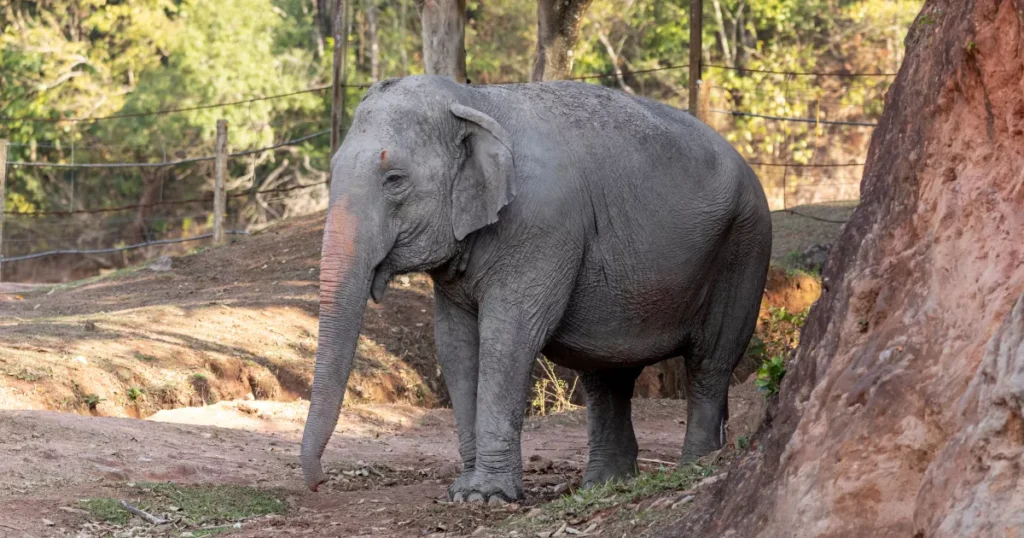
Concluding our list is the Elephas maximus maximus, a subspecies of the Asian elephant, primarily found in Sri Lanka. They resemble the Sri Lankan Elephant in appearance with a shoulder height of 6.6-11.5 feet and a weight range of 2,000 to 5,500 kg (4,409 to 12,125 pounds).
Highly revered in Sri Lankan culture, these elephants hold immense religious and cultural significance. Festivals like the Esala Perahera in Kandy showcase these majestic creatures adorned in grand, colorful costumes, parading through the streets in celebration.
In conclusion, the diversity and adaptability of these smaller elephants truly showcase the wonders of evolution. While each has its own story, habitat, and challenges, they all share a common thread – their undeniable importance in the ecosystems they inhabit and the cultures they influence. As custodians of this Earth, it is our responsibility to ensure their stories continue for generations to come.